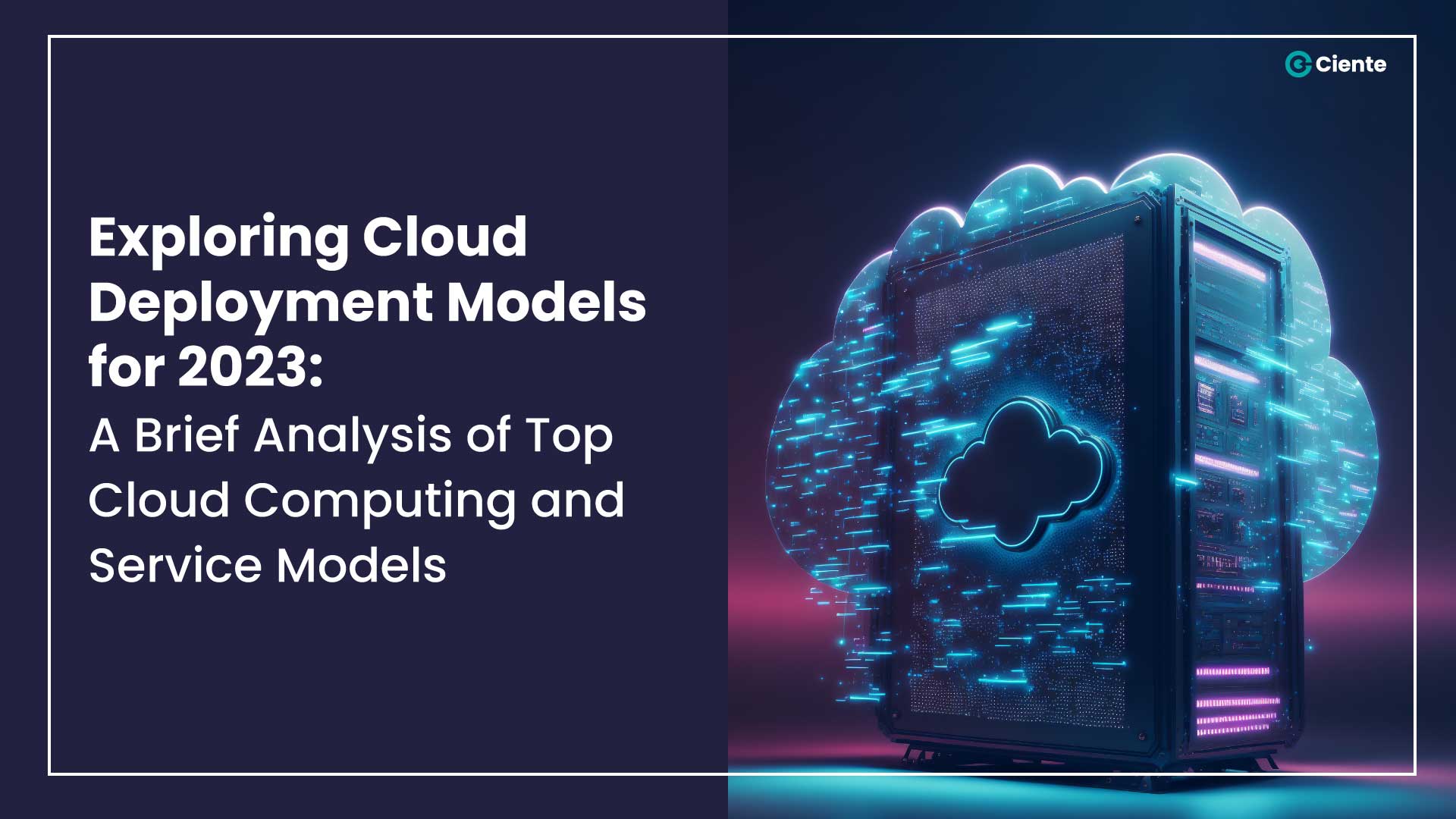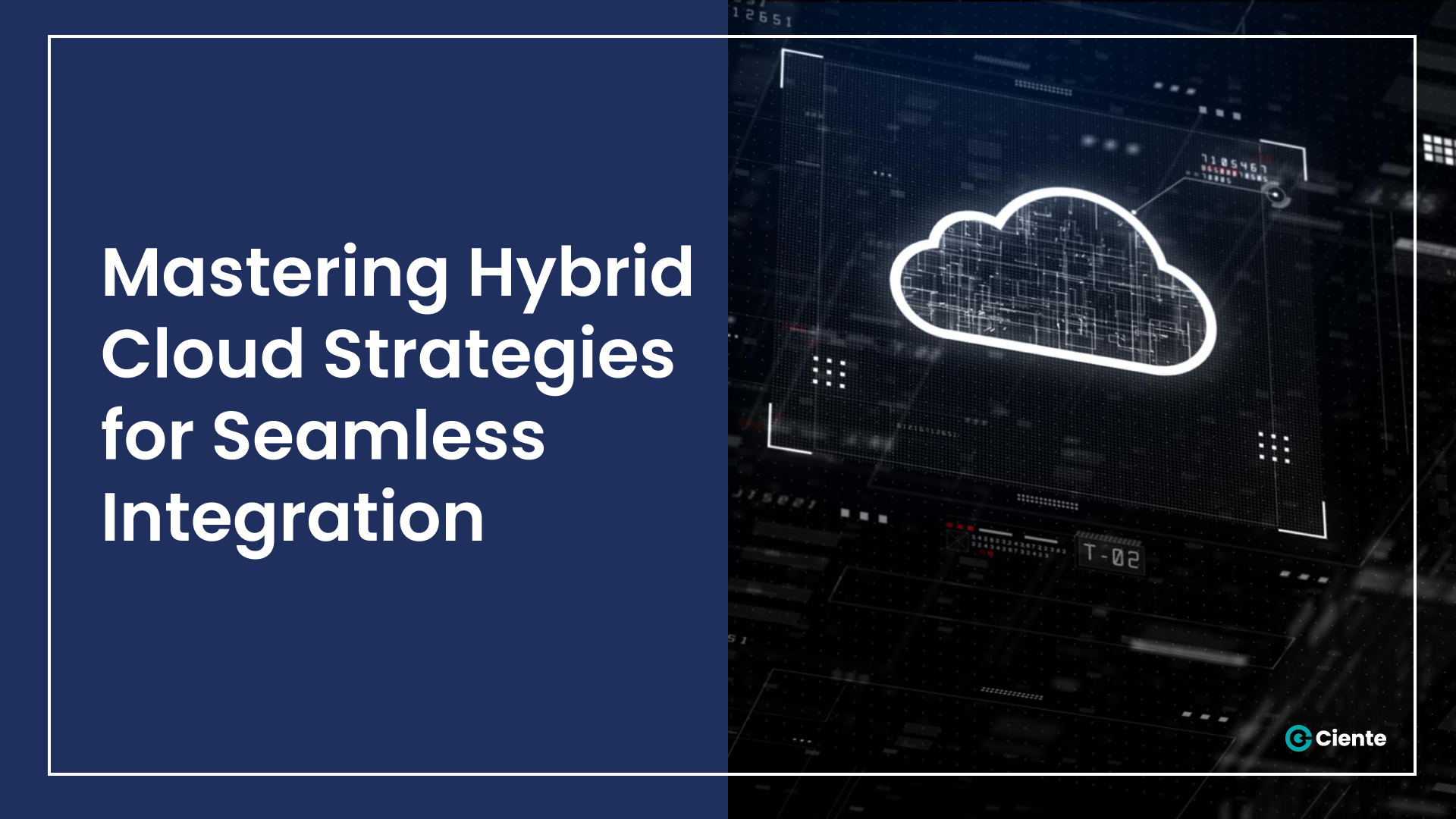
Exploring Cloud Deployment Models for 2023: A Brief Analysis of Top Cloud Computing and Service Models
Cloud computing is at the heart of technological advancement in

Cloud computing is at the heart of technological advancement in

Leaders in cloud transformation can feel stuck in limbo. They’ve

Cloud maturity can be messy at a time when organizations

Although cloud gains can be slow, they are significant for